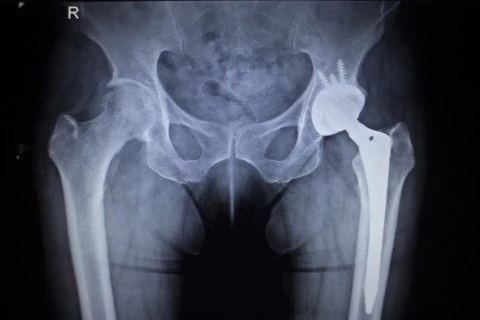Current Recommendations on Antibiotic Prophylaxis in Dentistry
There have been several protocols (guidelines/recommendations) published with respect to antibiotic prophylaxis in dentistry. These protocols concerned mainly cardiac patients who are under the risk of developing bacterial endocarditis as well as those with prosthetic joints.
The recommendations dealt with the doses and intervals of antibiotic prophylaxis, who requires such prophylaxis and which dental procedures necessitate antibiotic administration a priori. All recommendations agreed on one essential point: seeking for physician advise before prescribing prophylactic antibiotics; and this is more warned for immuno-compromised patients.

Another important concern regarding antibiotics’ prescription in general and prophylactic dosage in particular was the development of antibiotic resistance. It is clearly known that the risks of adverse effects might outweigh the benefits of prophylaxis.
Unfortunately, we still see some dental surgeons require their patients to receive antibiotic prophylaxis before every single dental visit; even those without known significant medical history.
The evidence on choosing when to prescribe antibiotic prophylaxis is quite contradictory. In case of patients with significant immunodeficiency or infected prosthetic joint, the dentist need to discuss the case with the orthopaedic surgeon and the physician to manage for appropriate prophylactic measures. The dentist must herein give clear explanation about the diagnosis and the planned dental treatment to the orthopaedic surgeon and physician. In addition, the patient must be informed and given explanation about the decision regarding antibiotic prophylaxis.
Finally, experts’ opinions have given no definite recommendations toward using antibiotic prophylaxis for dental treatment. Cardiac patients with high risk factors need antibiotics before dental treatment to prevent infective endocarditis only before specific dental treatments and after physician referral. All guidelines focused on the importance of improving oral health prior to placing any cardiac or orthopedic prosthesis. Finally, patients with such prosthesis must be encouraged to practice oral hygiene measures and to do regular dental check ups for maintaining dental health.

At the end, the reader needs to refer to health guidelines such as NICE guidelines as well as the European, Australian and American guidelines to find out more details about specific cases that need or need not antibiotic prophylaxis.

